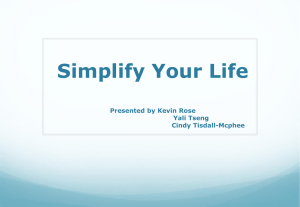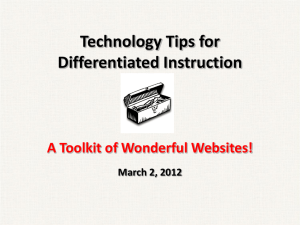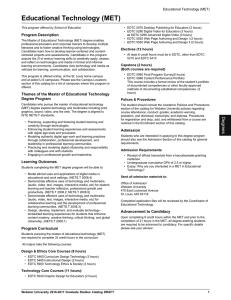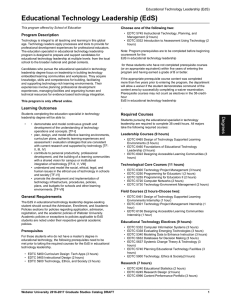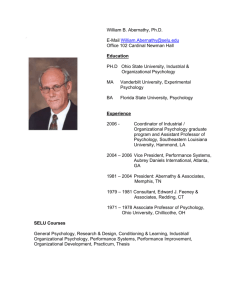Behaviorist
advertisement
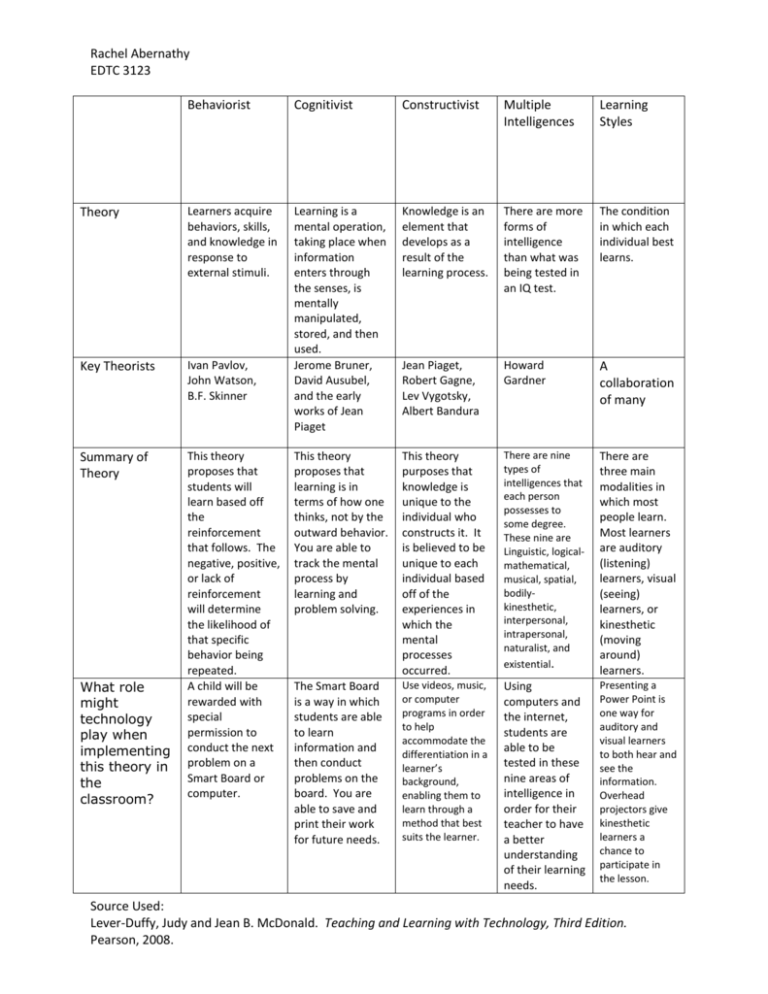
Rachel Abernathy EDTC 3123 Behaviorist Cognitivist Constructivist Multiple Intelligences Learning Styles Theory Learners acquire behaviors, skills, and knowledge in response to external stimuli. Knowledge is an element that develops as a result of the learning process. There are more forms of intelligence than what was being tested in an IQ test. The condition in which each individual best learns. Key Theorists Ivan Pavlov, John Watson, B.F. Skinner Learning is a mental operation, taking place when information enters through the senses, is mentally manipulated, stored, and then used. Jerome Bruner, David Ausubel, and the early works of Jean Piaget Jean Piaget, Robert Gagne, Lev Vygotsky, Albert Bandura Howard Gardner A collaboration of many Summary of Theory This theory proposes that students will learn based off the reinforcement that follows. The negative, positive, or lack of reinforcement will determine the likelihood of that specific behavior being repeated. A child will be rewarded with special permission to conduct the next problem on a Smart Board or computer. This theory proposes that learning is in terms of how one thinks, not by the outward behavior. You are able to track the mental process by learning and problem solving. This theory purposes that knowledge is unique to the individual who constructs it. It is believed to be unique to each individual based off of the experiences in which the mental processes occurred. There are nine types of intelligences that each person possesses to some degree. These nine are Linguistic, logicalmathematical, musical, spatial, bodilykinesthetic, interpersonal, intrapersonal, naturalist, and existential. There are three main modalities in which most people learn. Most learners are auditory (listening) learners, visual (seeing) learners, or kinesthetic (moving around) learners. The Smart Board is a way in which students are able to learn information and then conduct problems on the board. You are able to save and print their work for future needs. Use videos, music, or computer programs in order to help accommodate the differentiation in a learner’s background, enabling them to learn through a method that best suits the learner. Using computers and the internet, students are able to be tested in these nine areas of intelligence in order for their teacher to have a better understanding of their learning needs. Presenting a Power Point is one way for auditory and visual learners to both hear and see the information. Overhead projectors give kinesthetic learners a chance to participate in the lesson. What role might technology play when implementing this theory in the classroom? Source Used: Lever-Duffy, Judy and Jean B. McDonald. Teaching and Learning with Technology, Third Edition. Pearson, 2008. Rachel Abernathy EDTC 3123 Source Used: Lever-Duffy, Judy and Jean B. McDonald. Teaching and Learning with Technology, Third Edition. Pearson, 2008.







